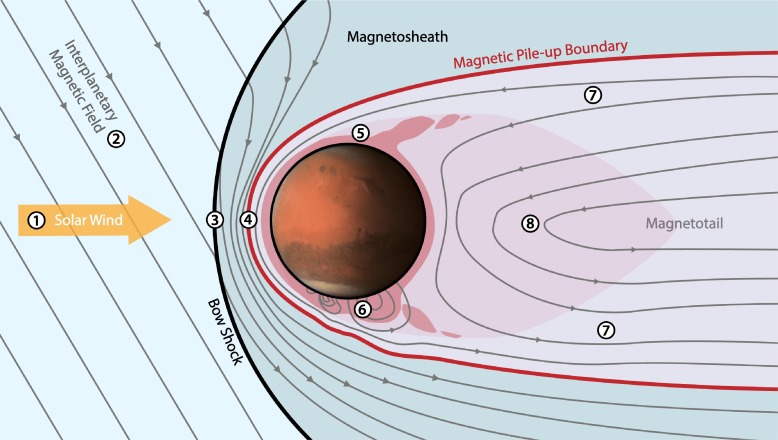
The objective of the mission is to enhance our knowledge of Mars’ climatic history and the factors that contributed to the loss of conditions that previously allowed for the presence of liquid water, possible oceans, and perhaps life on its surface.
Plates and partner emblems
Along with the kiwi-decorated plates, Rocket Lab has also affixed two additional plaques to the twin ESCAPADE spacecraft.
“Each spacecraft features two name plates (one in blue and the other in gold) listing the Rocket Lab team members who played a role in facilitating this mission to Mars,” McLaurin noted.
These plaques, mounted on the solar panels, utilize shading to showcase the Latin initials (NSHO) from Rocket Lab’s motto and create the company’s logo. Despite their small size, each plate seems to feature over 200 names, including that of founder, president, and CEO Peter Beck.

UC Berkeley adopted its colors in 1873. According to the institution’s website, “blue symbolizes the California sky and ocean and represents the Yale alumni who were instrumental in founding the university, while gold signifies the ‘Golden State.’”
ESCAPADE also boasts its own unique colors, or rather, colorful patches.
The main mission emblem illustrates the twin spacecraft in orbit around Mars, with the names of the key partners displayed along its edge, including UCB-SSL (University of California, Berkeley-Space Science Laboratory); RL (Rocket Lab); ERAU (Embry-Riddle Aeronautical University, the designer and builder of the langmuir probe, one of the mission’s scientific instruments); AdvSp (Advanced Space, responsible for mission design and trajectory optimization); and NASA-GSFC (NASA Goddard Space Flight Center).
Rocket Lab has also created an insignia that depicts the two spacecraft in blue and gold, also illustrating their trajectory in these same colors while incorporating the company’s motto.
Finally, Blue Origin’s New Glenn-2 (NG-2) patch showcases the launch vehicle alongside the two ESCAPADE satellites, using shades of orange to symbolize Mars.


